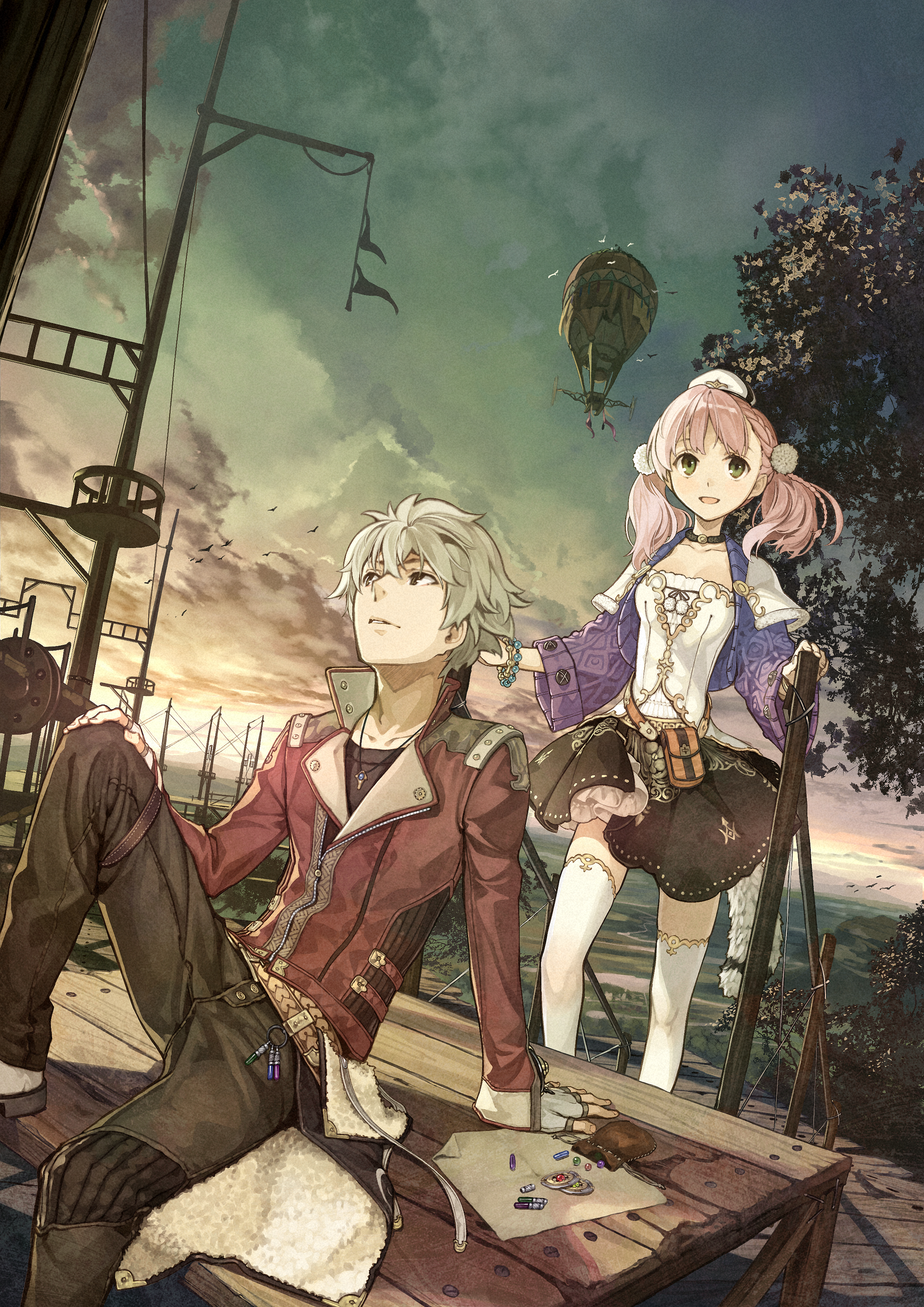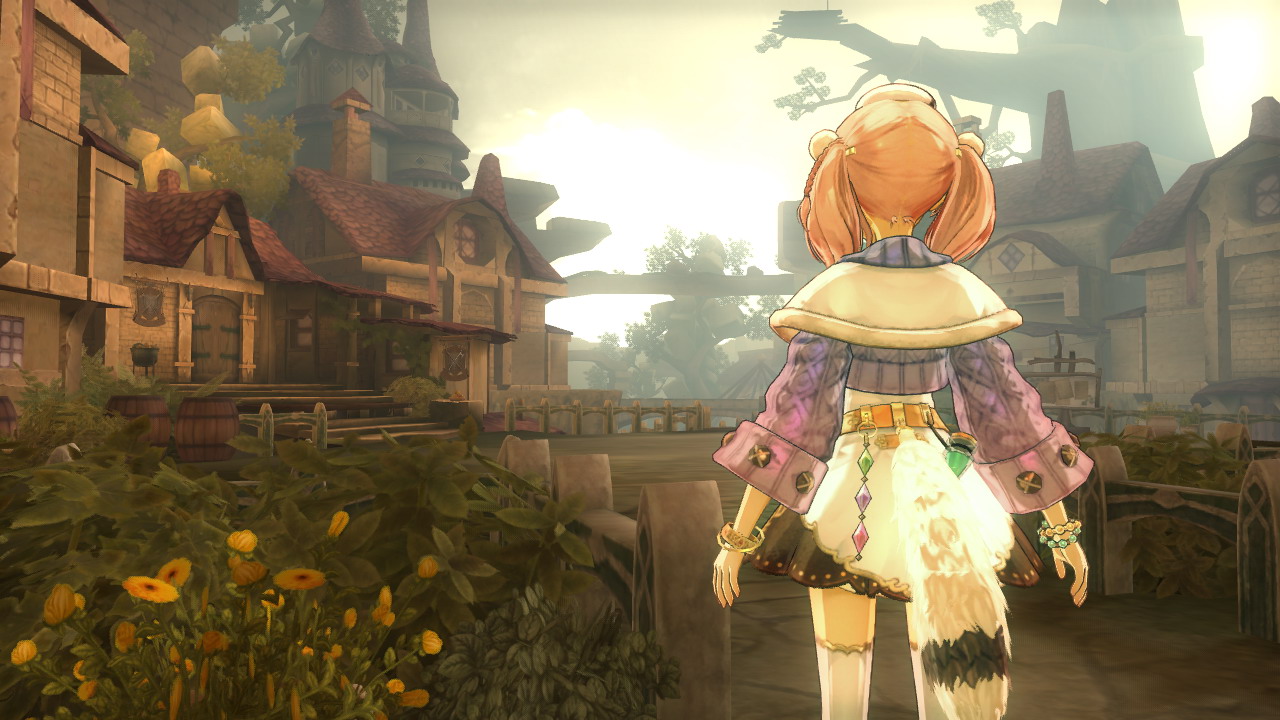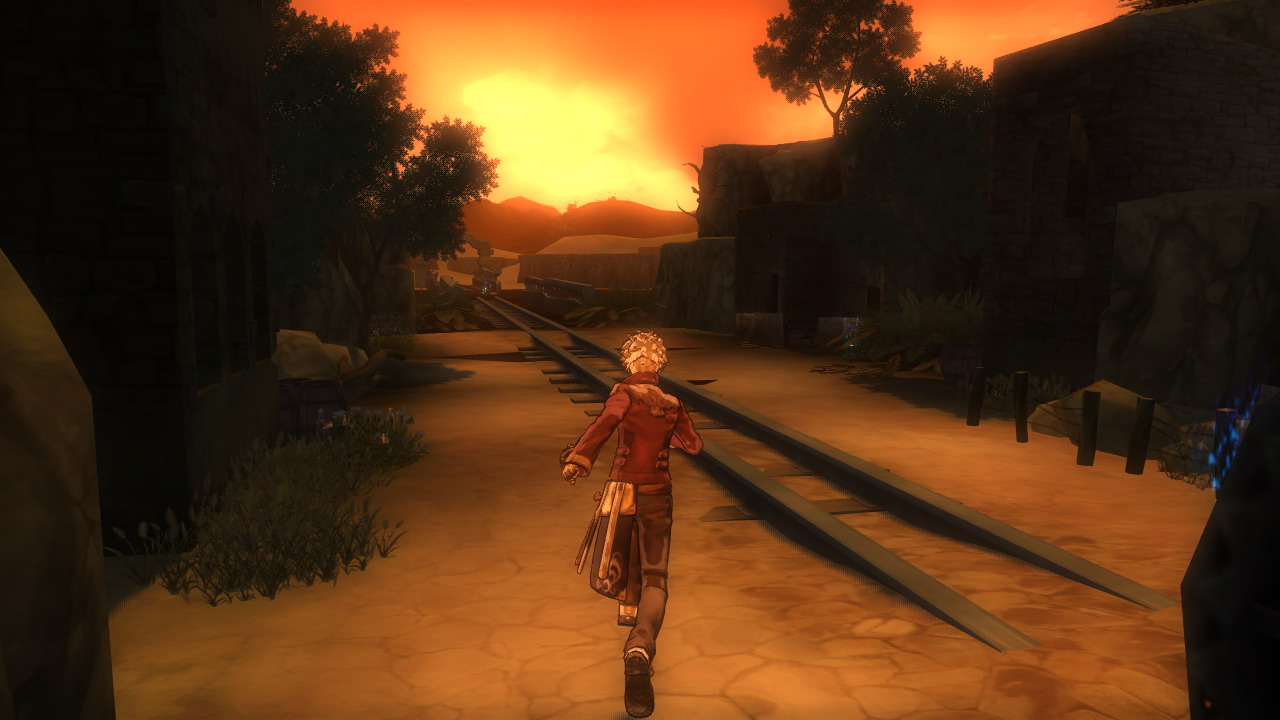Atelier Escha&Logy Review
Escha and Logy is the second installment of the Dusk series, and no less than the 15th Atelier game. If you’ve played an Atelier game before, you will know more or less what to expect, with a few twists to keep things interesting. For those that haven’t, get ready to pillage the land and decimate the wildlife all in the name of Alchemy.
For those of you not in the know, the Atelier series is a long-lasting RPG series focused on material gathering and item creation. It may not sound all that exciting compared to the usual “Save the world and kill God” shtick most JRPGs go for, but it’s surprisingly taking, thanks to a well thought out system and charming atmosphere. The game is a loose sequel to Atelier Ayesha, meaning that some of the characters return, but you aren’t required to have played the previous entry to understand what is going on. New to this game is the ability to choose a protagonist. As one might have guessed based from the title, we have not one but two playable main characters: the young daughter of an apple farmer, Escha, and Logy, a male alchemist from the big city. Both are assigned to the R&D branch in the town of Colseit, a small farming town which doubles as a hub for the exploration project aiming to investigate the nearby mysterious floating ruins.
As mentioned earlier, this game lets you choose a protagonist, but the gameplay in both routes are identical. Escha and Logy work as a team, and as a result, you benefit from both of their abilities. And while the main storyline is also essentially identical, what does change is several of the character interactions that occur over the course of gameplay. The game also has multiple endings, some of which are character dependent, allowing for a lot of replay value if you want to see them all. Much like other Atelier games, most actions you take consume some amount of time, measured in days. You are assigned a specific task by your manager, such as investigating a particular area or helping out the villagers with something or other, and have a period of 120 days to perform it. The main task is usually rather easy, but thankfully there are a number of side objectives that will usually keep you occupied enough. Regardless, all of these are accomplished through Alchemy, which is the meat and potatoes of the game.
Using ingredients you gather on your excursions outside the village, you can craft a variety of objects such as bombs to toss in combat or accessories granting a number of stat and ability boosts in a traditional RPG fashion. Both Escha and Logy are alchemists, but they handle separate aspects of it. Escha handles most consumable items and accessories, while Logy uses a more modern variant capable of crafting weapons and armors. If you’ve played previous Atelier games, Escha’s Alchemy is the traditional kind, while Logy replaces what would have been the smith. From a gameplay perspective, Alchemy is well handled. You select which item you wish to craft and choose the required ingredients. Those ingredients come with abilities, such as Resist Fire or Healing+ which can modify the end product, so choosing the correct pieces is crucial. To further add to the intricacy, ingredients also possess elemental attributes, which can be consumed during the crafting process to heighten or modify certain attributes. Maxing out an item’s potential is a sort of puzzle game which requires you to juggle several variables at once, and a quite taking one at that. One important thing to note here if you’ve played previous Atelier games is that unlike in those, your bombs and healing items are refilled every time you return to town. This is actually a pretty big deal, since a huge amount of time was spent crafting stuff for going out on excursions, and it also made it so that you didn’t really want to use items as often, which sort of contradicts the initial philosophy of the game. In any case this is a very welcome addition, as it makes the game much more streamlined and overall more enjoyable.
Because of that, you have a lot more time to explore and fight monsters. Thankfully, the combat system helps keep encounters interesting. It’s a rather traditional turn-based combat system that will feel familiar to any Atelier fan, or really anyone who’s ever played a turn-based RPG, but a new formation system helps keep things fresh. You have three people up front and three people in the back, so while you’re only controlling three at a time, it’s more like managing six. In addition to the usual HP/MP gauge, you also have to manage a support gauge which allows characters (front- or back-line) to use support attacks or take a blow for another party member. Support attacks in particular can be chained together to create pretty damaging combos. The number of skills are rather limited compared to some other RPGs out there, but the huge range of items available sort of balances that out. Combat is also more interesting than previous Atelier games simply because you get to fight more enemies that are actually challenging (most ordinary monsters are extremely easy), mostly in part with the new field events. Gathering materials and fighting mobs in the field fills up a gauge that, once filled to a certain point, lets you trigger an event. They typically change something globally, like increasing the chance of finding rare materials, but some are one-off events, like fighting a tough monster or getting an uncommon item.
So that’s it for the core mechanics, but what about the packaging? Luckily, Escha and Logy does overall well in the graphics and music department. Mel Kishida, the character designer for the Arland series, does not return, but one hardly notices the difference. The design and personalities of the various playable and non-playable characters are pretty much what you’d expect from a slice of life anime, in the sense that they fit a lot of stereotypes you’d find in such shows (genki girl, clumsy loli, researcher that’s incompetent when it comes to anything not pertaining to her field,…). It’s nothing terribly original, but this is something that is more or less expected from the series, so I won’t hold it against them (though Totori was still cuter). Graphics-wise, the game is rather pretty. The main town looks great, basked in perpetual twilight, and the locations are neither repetitive nor lacking in charm. As usual with Atelier games, the problem lies in the scope of the areas: they’re for the most part very shallow, only taking at most a few minutes to explore. This is still a minor flaw that is more than balanced by the music, which is in my opinion some of the best the series has produced (at least for the PS3 era). The songs manage to go beyond simply accompanying the scene and actually set an atmosphere. The main town theme in particular is a real treat. On a related note, Escha and Logy features both Japanese and English voice over. I guess the outcry over the English-only dub in Ayesha has reached Tecmo Koei’s ears. Sadly, the game’s port from the Japanese version is far from perfect. Numerous typos maim the English script, and dialogue and menus repeatedly overflow from dialog boxes. It’s extremely jarring and hints at a lack of professionalism. More annoying still is the fact that the traditional acronyms S, M, L denoting a Small, Medium, or Large effect (relating to damage dealt or amount healed, for example), has been reversed for no apparent reason. As a fan of earlier games, it’s unnerving to see “Wind Damage L” and see the description say the damage it deals is small. It is unfortunate that my biggest gripe with the game is not a blunder from the developers themselves, but rather from the team that localized it.
Bottom line:
The cool:
-Familiar yet streamlined gameplay compared to previous Atelier entries
-Great music
-Alchemy system is both deep, yet simple when you want it to be
-Great replay value, especially with the addition of a second protagonist
The not-so-cool:
-English localization seems unfinished
-Kinda easy
-Explorable areas are generally small
The you-decide-if-it’s-cool:
-Not plot driven at all; feels pretty much like a Slice-of-Life anime in game form
-Distinctively moe artstyle
-Although more forgiving than older games, you are still essentially on a timer
Final score: 8/10
![]()






Out of curiosity, has anyone from Commie got their eye on the anime as a potential show to sub next season?
no
herkz pls
pls what
I have to say, this review made me want to have the game so badly that I called 16 stores in the Philippines, all to find it was sold out.
So I decided to buy it digitally for my PS3. Thank you for pointing my attention to this game.
here’s another long shot for an anime based on video game.. Persona 3 Movie, any chance for subbing this one?
yes
The battle system and item crafting sounds similar to mana khemia
Mana Khemia is part of the Atelier series, so that’s not suprising.